Check out this classic song from the movie Kaagaz Ke Phool on Guru Dutt’s birth anniversary.
Singer: Geeta Dutt, Music by S.D. Burman, Lyrics by Kaifi Azmi
SOTD : Waqt Ne Kiya Kya Haseen Sitam – Kaagaz Ke Phool
SOTD: Down Under – Men At Work
sputnik, , SOTD, 4Check out the classic 80s hit Down Under by Men At Work on lead singer Colin James Hay’s birthday.
SOTD: Every Rose Has It’s Thorn – Poison
sputnik, , SOTD, 2Check out the hit song Every Rose Has It’s Thorn by Poison on lead singer Bret Michaels’ birthday.
SOTD: Oh! Carol – Neil Sedaka
sputnik, , Exclusive, Plagiarism, SOTD, 2Check out the hit song Oh! Carol by Neil Sedaka on his birthday. Stereo Nation did a cover version...
SOTD: In The End by Linkin Park
sputnik, , SOTD, 6Check out the hit song In The End by Linkin Park on Chester Bennington’s birthday. Here are some more...
SOTD: Mujhe Pyar Tumse Nahi Hain – Gharonda
sputnik, , SOTD, 11Check out the hit song Mujhe Pyar Tumse Nahi Hain from Gharonda on singer Runa Laila’s birthday. Singer: Runa...
SOTD : Rakkama Kaiya Thattu – Thalapathi
sputnik, , SOTD, 0Check out this Rajnikanth song on his birthday from Mani Ratnam directed Thalapathi. Singers: S. P. Balasubrahmanyam, Swarnalatha, Music...
SOTD: Hand In My Pocket – Alanis Morissette
sputnik, , SOTD, 0Check out this hit song Hand In My Pocket by Alanis Morissette on her birthday. Music video of Thank...
SOTD: Informer – Snow
sputnik, , SOTD, 4Check out the hit song Informer by Snow aka Darrin Kenneth O’Brien on his birthday.
Recent Comments
- sputnik on Killers of the Flower Moon | Official Trailer | Leonardo DiCaprio | Robert De Niro | Martin Scorsese
- sputnik on Oscar Nominations 2023 Full List
- sputnik on Oscar Nominations 2023 Full List
- sputnik on Oscar Nominations 2023 Full List
- sputnik on Oscar Nominations 2023 Full List
- sputnik on SOTD: Do Deewane Shahar Mein – Gharaonda
- sputnik on Best Hindi Songs of KK
- sputnik on Laal Singh Chaddha Official Trailer | Aamir, Kareena, Mona, Chaitanya | Advait
- sputnik on Thor: Love and Thunder | Official Teaser | Chris Hemsworth | Chris Pratt | Natalie Portman
- sputnik on Jerry Stiller: The Best of Frank Costanza
- sputnik on A Hero – Official Trailer | Asghar Farhadi
- sputnik on Jerry Stiller: The Best of Frank Costanza
- sputnik on Movies You Watched This Month – September 2013
- sputnik on Oscar Nominations 2022 Full List
- cr7 on Movies You Watched This Year – 2020
- sputnik on Movies You Watched This Year – 2020
- cr7 on Movies You Watched This Year – 2020
- sputnik on Scene of the Week: Guess Who’s Coming to Dinner
- sputnik on The Tragedy of Macbeth | Official Trailer | Denzel Washington | Frances McDormand
- sputnik on Moonfall (2022 Movie) Announcement Teaser – Halle Berry, Patrick Wilson, John Bradley
- sputnik on The Matrix Resurrections – Official Trailer
Most Viewed Posts
- My wives may be Hindu but my kids will always follow only Islam: Aamir Khan (121,023)
- Barfi Scenes Inspired/Copied from The Notebook, Charlie Chaplin and Other Movies (112,716)
- Best Hindi Songs on Zindagi (Life) (109,198)
- Blast from the Past: Rekha’s Interview about her affair with Amitabh Bachchan (94,985)
- The Slutty Savitri of Bollywood : Deepika Padukone (94,345)
- Blast from the Past: When Sanjay Khan beat up Zeenat Aman (87,195)
- Blast from the Past: The Terrible Truths about the Thespian Dilip Kumar (67,123)
- THE OTHER SIDE OF AMITABH BACHCHAN (64,780)
- Best Hindi Songs on Dosti (Friendship) (63,536)
- Plagiarism: Sochna Kya Jo Bhi Hoga from Ghayal Copied (37,291)
- Blast from the Past: Alka Yagnik lashes out at Anuradha Paudwal (30,022)
- My Top 10 Horror Movies Of All Time (26,948)
- Chennai Express First Look Poster (20,031)
- My Top 10 Korean Movies Of All Time – FS (18,670)
- Exclusive: The Real Paan Singh Tomar Interview (16,568)
- Jab tak Hai Jaan and Son of Sardaar Box office collections thread (15,509)
- The Original Paan Singh Tomar (14,860)
- Blast from the Past: Parveen Babi and Protima Bedi’s Interview about Kabir Bedi (14,725)
- Blast from the Past: She needs a Shrink – Ajay Devgn on Raveena Tandon (14,574)
- The Most Viewed Hindi Songs on You Tube (12,830)


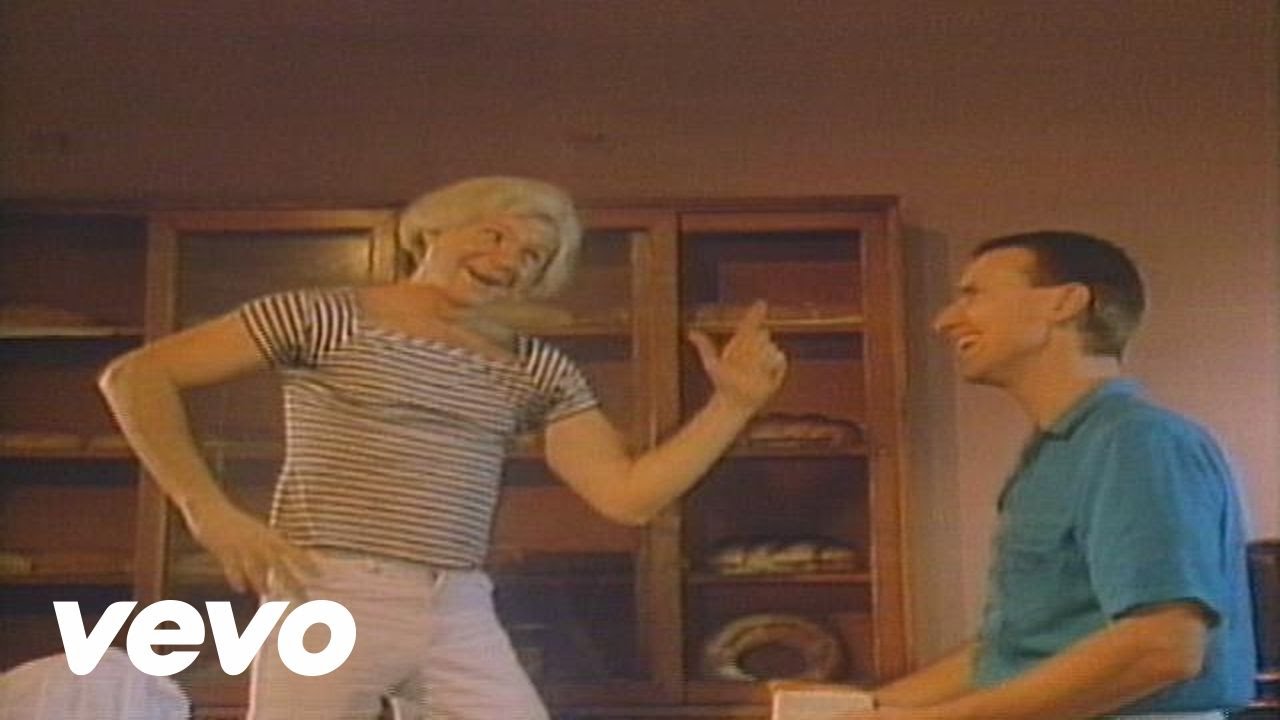
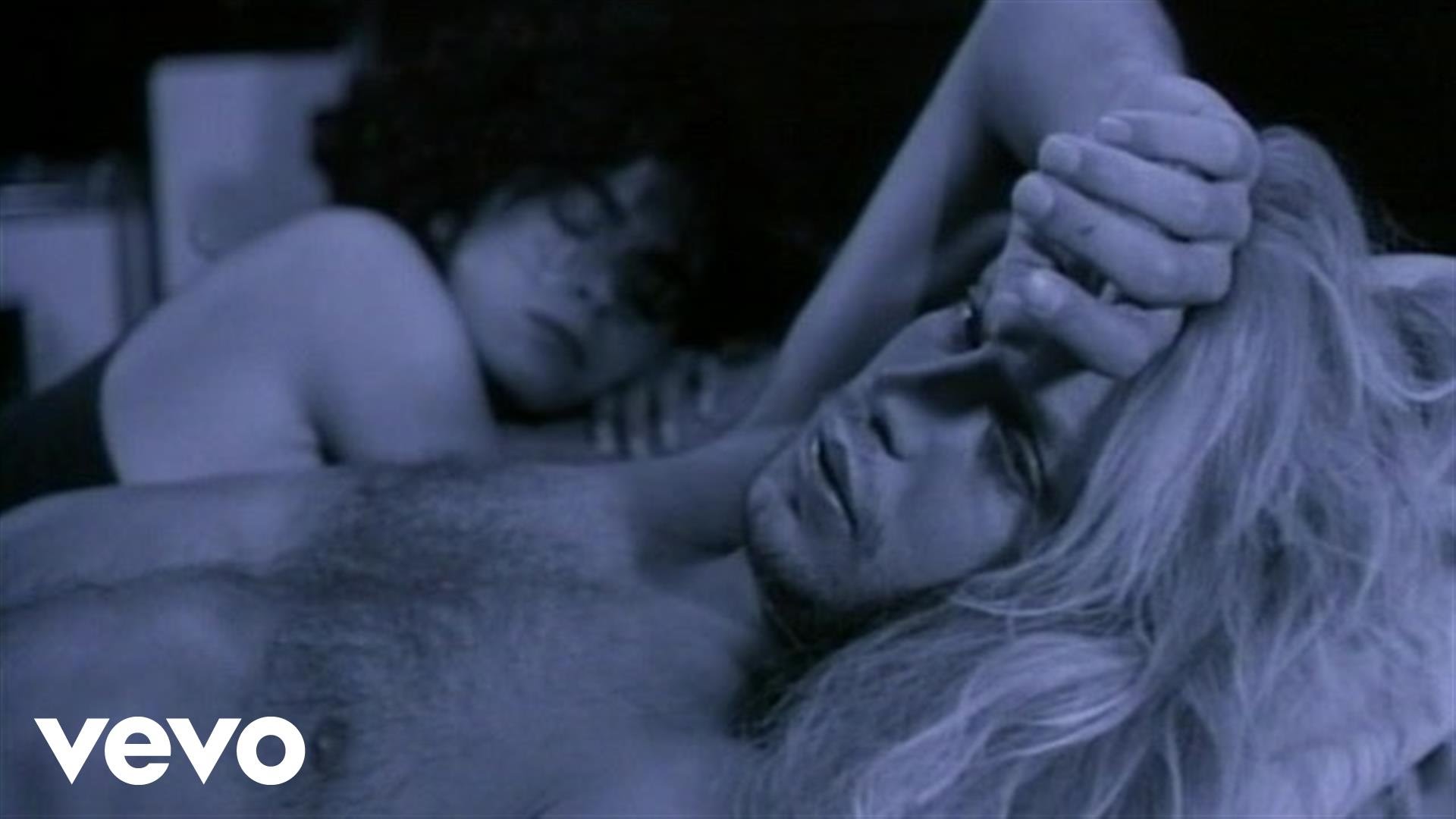
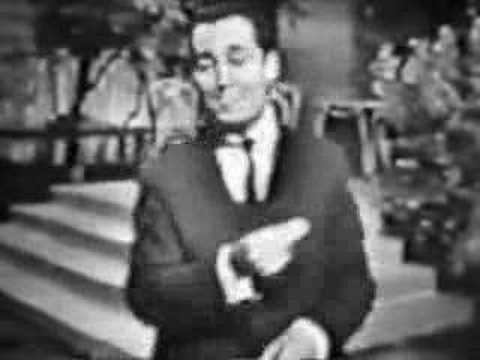
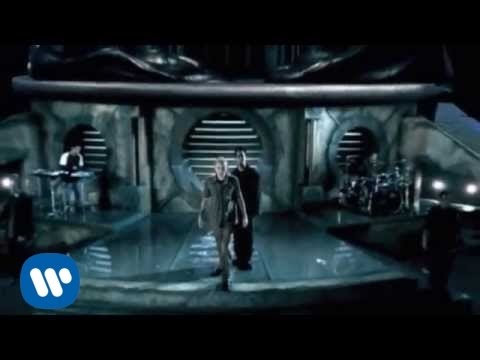
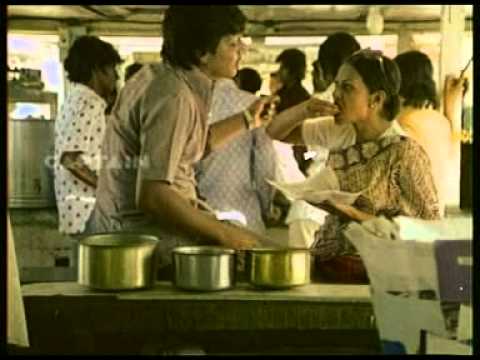
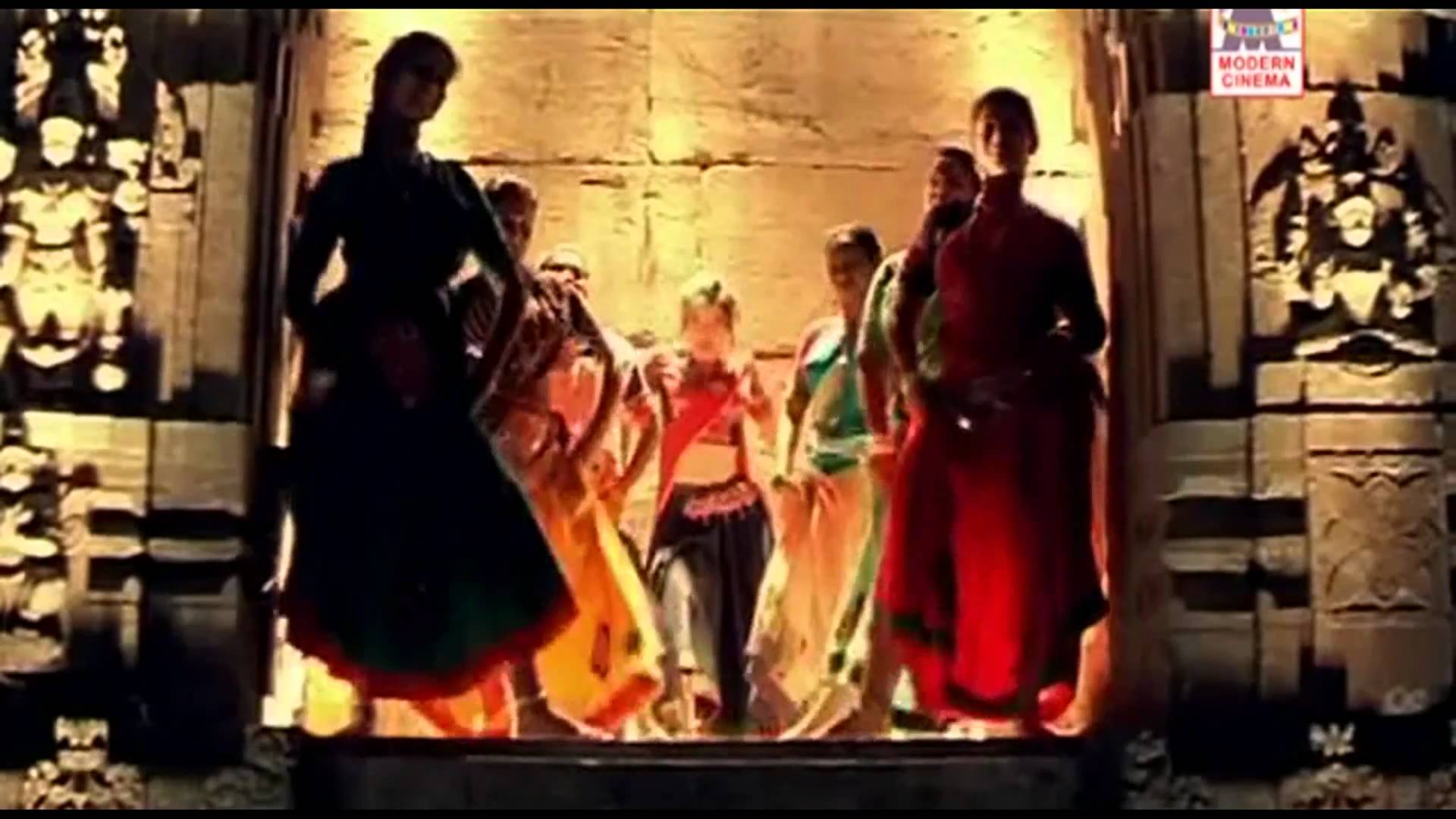
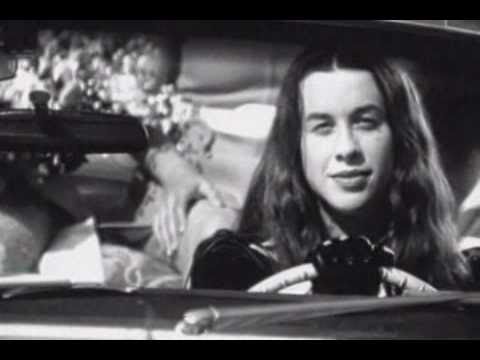
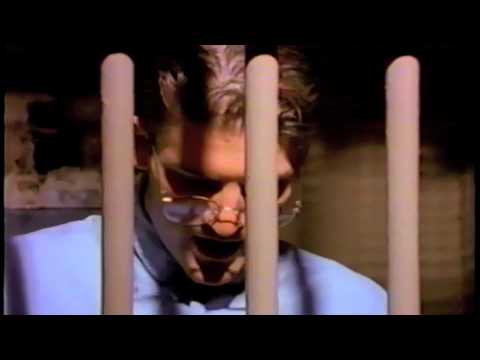
Great song amazing lyrics.
Ace cinematographer V. K. Murthy passes away
Considered as the doyen of cinematography, Murthy was the the first cinematographer to be chosen for the prestigious Phalke award
Doyen of cinematography and Dada Saheb Phalke award recipient V.K. Murthy (91) passed away in Bangalore at his residence on Monday.
He was a regular cameraman of legendary director Guru Dutt. He contributed some of the most notable images in starkly contrasted black and white to celluloid world. International Indian Film Academy (IIFA) conferred him its annual award in 2005, for his contribution to the Indian cinema.
He was the first cinematographer to be chosen for the prestigious Phalke award. He was best remembered for his lighting techniques.
His “beam shot” in the ‘Wakqt ne kiya Kya Sitam’ sequence from ‘Pyasa’ is considered as a classic in celluloid history. Inspired by a light boy who was reflecting the lift with a mirror, he got that parallel beam using a pair of ordinary mirrors. This won him FilmFare Best Cinematographer award in 1959.
Mr. Murthy had also worked with stalwarts like Kamal Amrohi on his masterpieces like ‘Pakeeazha’ and ‘Razia Sultan’.
Post Guru Dutt, Mr. Murthy could not offer any master works like many of Guru Dutt’s contemporaries. He had also worked with directors like Pramod Chakraborthy, Shyam Benegal and Govind Nihalaini. He was the principle cinematographer for ‘Bharat Ek Khok’, a tele-serial produced by Shyam Benegal for Doordarshan.
Born on November 26, 1923, Mr. Murthy did his Diploma in Cinematography in Sri Jayachamarajendra Polytechnic, Bangalore in the first batch (1943-46). He was the cinematographer for the country’s first cinemascope movie ‘Kagaz Ke Phool’.
Mr. Murthy worked for ‘Hoovu Hannu’, a classic in Kannada cinema, directed by Rajendra Singh Babu. He created some of the significant shots in the black and white era. While in London for training on colour films, Mr. Murthy had worked with the crew of ‘The Guns of Navarone’.
Link